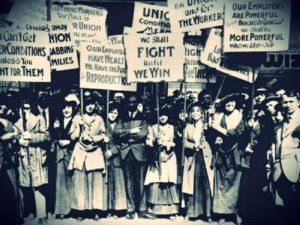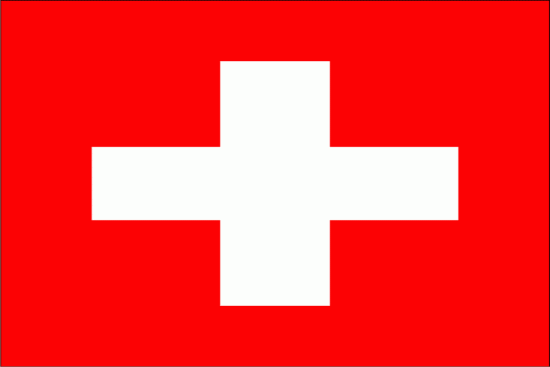March 8
 International Women’s Day came about on the initiative of the New York Social Democratic Women’s Organization. On March 8, 1908, more than 15,000 women with social appeals marched through the streets of New York: equalize the conditions of women’s wages with men, establish an 8-hour working day, and grant women suffrage.
International Women’s Day came about on the initiative of the New York Social Democratic Women’s Organization. On March 8, 1908, more than 15,000 women with social appeals marched through the streets of New York: equalize the conditions of women’s wages with men, establish an 8-hour working day, and grant women suffrage.
Nevertheless, the US government was forced to agree to some concessions.
And in 1910, delegates from the United States arrived in Copenhagen at the Second International Conference of Women Socialists, held as part of the Eighth Congress of the Second International and shared their experiences. Clara Zetkin, an active activist in the German and international labor movement, suggested that March 8 be established as “International Women’s Day” during which women from all countries will hold marches, rallies and other social events to attract the public to solve their problems.
In 1911, the first International Women’s Day was celebrated in many countries: Germany, Austria, Denmark and Switzerland, France, Russia, Austria, the Czech Republic, Hungary, Switzerland, Holland, the Netherlands, the USA and Canada. In the capitals of these countries and large cities, processions and rallies for women’s rights were organized. In general, this holiday was mainly popular in the world in the 1910-1920s, but then its popularity waned. In Russia, on Women’s Day, February 23 (March 8), 1917, just at the beginning of the February Revolution in Russia, textile workers in the Vyborg District of Petrograd were among the first to go on strike. On this day, a women’s march with the requirements of equality was held along Nevsky Prospect. In 1921, at the 2nd Communist Women’s Conference, it was decided to declare March 8 as International Women’s Day.
For a long time in the USSR, this holiday was purely nominal. It was mainly celebrated in work collectives in the form of meetings after work, congratulations, and giving women cheap “valuable gifts” and letters. And only in 1966, by Decree of the Presidium of the Supreme Soviet of the USSR, International Women’s Day became not only a holiday, but also a day off. He began to be covered in the press, on radio and television, to organize festive concerts in the houses of culture, to celebrate in families.
But this time has passed and today the holiday of March 8 is not at all the same as it was before, but still now, it is the day that men express to women their love, gratitude, attention and care. And maybe it’s for the better, having completely lost the political direction based on the struggle of women against discrimination, March 8 was simply a holiday for all women.



























